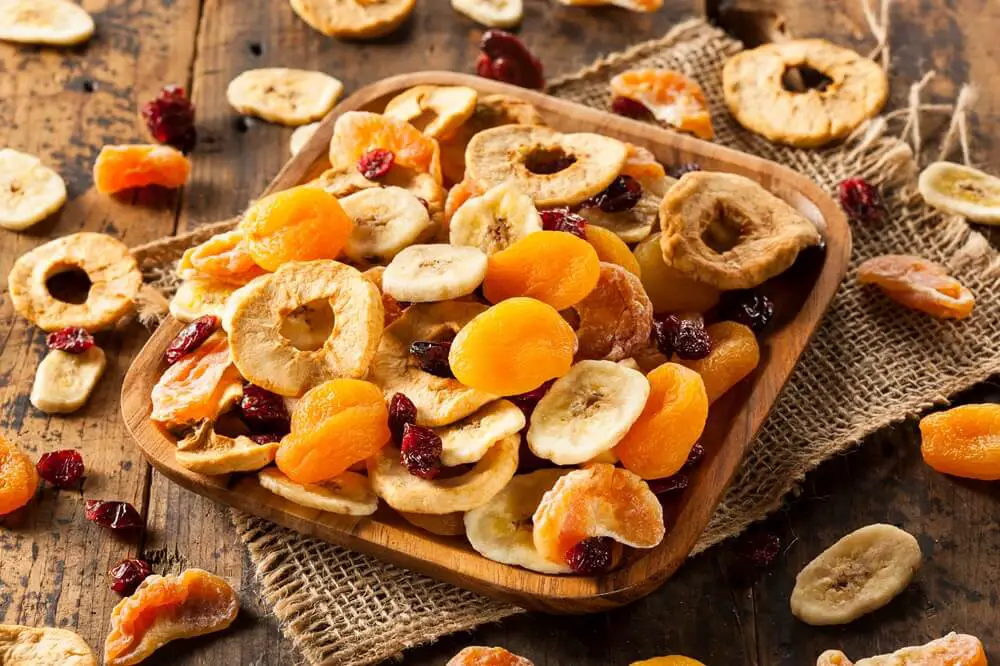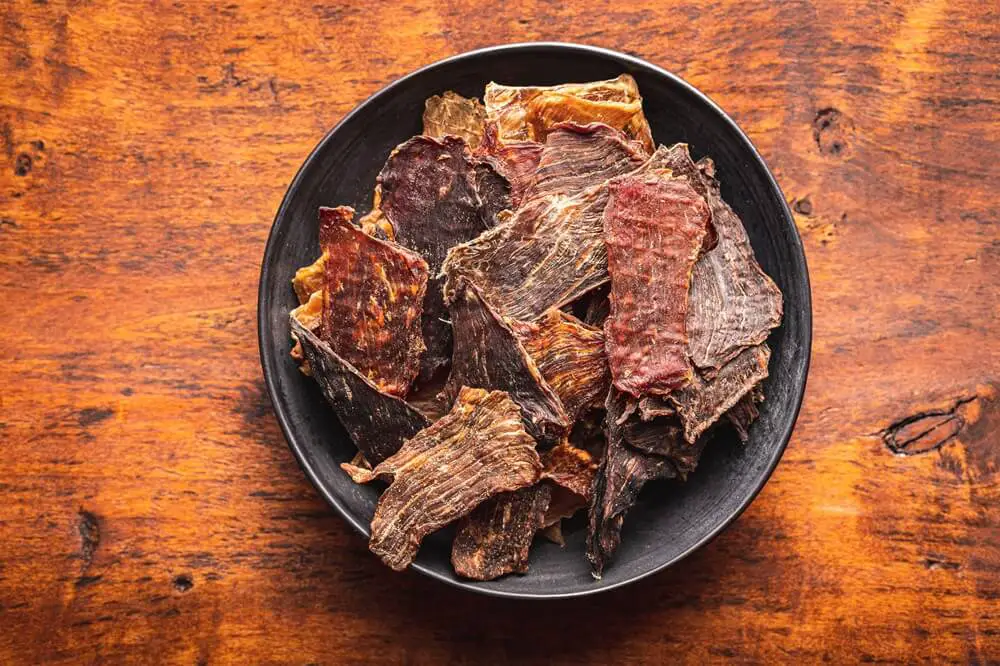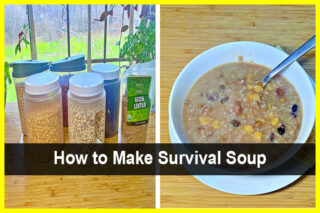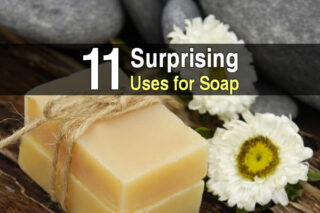Estimated reading time: 10 minutes
Food dehydration relies on removing the majority of moisture from food to inhibit the growth of bacteria, yeasts, and molds. Sun drying, as one of the earliest food preservation techniques, is particularly advantageous in emergencies where electricity is unavailable or making a fire is not a viable choice.
This method not only extends the shelf life of foods but also retains a lot of the nutritional value, making it a viable skill to learn in times of crisis. However, it does come with its perquisites for being an effective tool. This guide will instruct you on the process of sun-drying a wide range of foods.
Want to save this post for later? Click Here to Pin It On Pinterest!
Understanding the Sun-Drying Process
Sun-drying food is considered a primal way to preserve various types of food, including fruits, vegetables, and meats. At its core, the process utilizes the sun's heat to remove the moisture from the food.
The sun serves as a natural and powerful source of energy, offering the heat necessary to evaporate water content in the food. There is another part of the equation for this process to be effective: wind. Wind plays a crucial role in the sun drying process as it carries away the evaporating moisture.
The science behind why drying preserves food is rooted in the principle that bacteria, yeasts, and molds require water to grow and reproduce. By eliminating the majority of the food's moisture, sun-drying significantly reduces the risk of microbial spoilage.
While the drying process removes water, it largely preserves the food's nutrients, making sun-dried produce a nutritious option for long-term storage. It won't be perfect, but the flavor should be concentrated and of course, it'll keep you alive.
Types of Foods and Their Sun-Drying Processes
Preserving food through sun-drying can be considered both an art and a science, this is because it applies to a vast range of food items. Each type of food requires a specific preparation and drying technique to optimize the preservation process while retaining nutritional value and flavor.
Fruits

Preparing fruits for sun-drying begins with selecting ripe, undamaged fruits to ensure the final product is of the highest quality. Good quality ingredients improve the odds of a more stable shelf life as well.
The general steps for preparing fruits for sun-drying are as follows:
- Wash the fruits thoroughly to remove any dirt and pesticides.
- Peel (if necessary) and cut the fruit into uniform slices or pieces to ensure even drying.
- Treat the fruit slices with lemon juice to prevent browning and to preserve vitamin content.
- Arrange the pieces on drying trays (or a tray with lots of holes in it for circulation) in a single layer, ensuring they do not overlap.
The drying process involves:
- Placing the trays in a sunny, well-ventilated area where the sun hits them directly.
- Cover the trays with cheesecloth to protect the fruit from insects and dust while allowing air circulation.
- Turning the pieces occasionally to ensure even drying.
- Testing for dryness; properly dried fruits should be flexible but not moist.
- Storing the dried fruits in airtight containers like mason jars and putting them in a cool, dark place.
These are just generic drying steps, many fruits will have their nuances based on moisture and sugar content. Luckily, it doesn't differ too much from the main method of drying.
Apples
Apples are a popular choice for sun-drying. They should be cored, peeled, and sliced into rings or thin slices before being pre treated to prevent browning. Apples are usually dried until they have a leathery texture but are still pliable.
Apricots
Apricots are cut in half and pitted before drying. The halves can be treated with lemon juice to preserve their color. Drying time varies, but the goal is to achieve a leathery texture with no residual moisture inside the fruit halves.
Oranges
Oranges need to be peeled and cut into thin slices. The key is to go thin here since they will be filled with a ton of moisture. The rind can be left on, but removing it may enhance the drying experience by reducing bitterness. This drying process will preserve the intense citrus flavor and give a chewy texture.
Bananas
Bananas are best sliced into long, thin strips or rounds for even drying. There's no need to pretreat bananas with lemon juice as their natural color and flavor preserve well during the drying process.
The key is to dry them until they achieve a leathery texture, ensuring they are thoroughly dehydrated to prevent any mold growth during storage. Bananas offer a sweet, concentrated flavor post-drying, making them an excellent snack for energy on the go. Unlike normal banana chips, these will be very brown with a chewy texture.
Vegetables

Similar to fruits, vegetables need to be fresh and ripe for optimal drying. The steps to prepare vegetables for sun-drying are:
- Wash the vegetables to clean off any dirt.
- Blanch vegetables in boiling water or steam to stop enzyme actions which can cause loss of flavor, color, and texture.
- Slice or cut the vegetables into even shapes and sizes for uniform drying.
- Spread the slices on drying trays, ensuring they do not touch or overlap.
For sun-drying vegetables, the process includes:
- Setting the trays in a well-ventilated, sunny spot, using racks or screens to allow airflow from all sides.
- Covering with cheesecloth to keep out insects and debris.
- Flip the vegetables regularly to ensure even drying.
- Checking for dryness; vegetables should be brittle or very tough when fully dried.
- Conditioning the dried vegetables by storing them in a jar for several days to allow moisture to distribute evenly.
- Storing in airtight containers away from direct light or heat.
Carrots
Carrots have a low moisture content and firm texture which makes drying in the sun more forgiving. Slicing them into thin batons or rounds helps speed up the drying process.
Sun-dried carrots intensify in sweetness and flavor, and can even be rehydrated by leaving in water for several minutes. To ensure even drying and to preserve their vibrant color, blanching carrots in boiling water before sun drying.
Tomatoes
Sun-dried tomatoes are prepared by halving and seeding before drying. They can be seasoned with herbs for added flavor. The drying process results in a chewy, intensely flavored dried product, good for rehydrating or a quick burst of energy.
Peppers
Peppers of all types, including bell peppers and chili peppers, are suitable for sun-drying. They are sliced or halved, with seeds removed for faster drying. Dried until crisp, they can be rehydrated or used as is in cooking for a concentrated burst of flavor.
Zucchini
Zucchini can be sun-dried to create a versatile ingredient suitable for soups and stews. To prepare, slice the zucchini into thin, even rounds to promote uniform drying. The thin slices help in reducing the high moisture content of zucchini quickly, resulting in a dried product that retains a slight chewiness.
Meat and Fish

Sun drying meat is really a good choice for arid climates as it dries out the meat the quickest. Temperate climates can have a lot of moisture in the air which can cause bacterial growth before the meat dries.
This is the riskiest ingredient to dry because often the sun won't reach the temperature needed to kill the bacteria in the ingredient. That is why these are guidelines only and it's not recommended you sun dry meat or fish unless you're certain it will dry out properly.
That being said, the preparation of meat and fish for sun-drying involves a few critical steps to ensure safety and quality:
- Select fresh, high-quality meat or fish. Lean cuts are preferable as they dry more efficiently.
- Slice the meat or fish into thin, uniform pieces to promote even drying.
- Cure or marinate the slices in salt to aid in preservation.
The sun-drying process for meat and fish is similar to that of fruits and vegetables but requires more careful attention to prevent spoilage:
- Arrange the pre-marinated slices on drying racks in a single layer and cover them with cheesecloth.
- Place in a sunny, airy location, ensuring the pieces are exposed to direct sunlight.
- Turn the slices regularly to promote even drying.
- Test for dryness; the meat or fish should be hard and leathery with no moisture pockets. It should break when you bend it.
If you notice any odd smells or your meat looks grey or green then you more than likely were not successful and you should throw that food out.
Chicken
Despite the versatility of most meats and fish in sun-drying, chicken is generally not recommended for this preservation method. The primary concern lies in the risk of bacterial growth, particularly Salmonella and Campylobacter, which are more prevalent in poultry.
These bacteria can survive the drying process if not thoroughly eliminated beforehand, posing a health risk. Chicken's texture and fat content do not lend themselves well to sun-drying, often resulting in a weird chewy mouth feeling that is unpleasant.
Pork
Pork is a meat that lends itself well to sun-drying, particularly lean cuts like tenderloin. The meat slices are placed on drying racks and left in the sun to dry until they achieve a chewy, jerky-like texture. Pork jerky, or “Bak Kwa” as it's known in Southeast Asia, is a close example of what the final result will be.
Salmon
Salmon, rich in omega-3 fatty acids and known for its delicate texture, is ideal for sun-drying, especially when prepared as salmon jerky. The preparation involves slicing the salmon into thin strips and curing them in salt to start the process.
Once they are dry to the touch, the strips are quickly rinsed and then dried under the sun until they are firm and leathery. This process concentrates the salmon’s natural flavors while mitigating bacterial growth.
Tuna
Tuna, another fish suitable for sun-drying, benefits from a simple yet effective preparation method that involves slicing the fish into thin pieces and lightly salting them before drying. The sun-dried tuna becomes intensely flavorful and can be eaten as is or rehydrated through cooking.
Is Sun Drying a Viable Solution?

Sun-drying food is an age-old technique with some undeniable nutritional benefits. By using the natural heat from the sun, this method retains most of the food's nutrients, particularly the vitamins and minerals that can be lost in other drying or cooking processes. It's a gently persuasive way of saying that sometimes, the old ways still hold their ground in terms of health benefits.
One of the greatest perks of sun-drying is that it doesn't require electricity. This makes it an environmentally friendly option and also a practical survival technique. Imagine being out in the wilderness, having to evacuate and hunt your food; sun-drying could very well be your method of choice for preserving your catch without the need for modern conveniences.
That being said, it's not without its drawbacks. Sun drying relies heavily on—you guessed it—sunshine. This means during the winter months or in regions with less predictable sunny weather, it might not be the most reliable method. There's also the small matter of bugs and predators which could find your drying food just as appealing as you do.
In conclusion, while sun-drying has its set of challenges, its benefits—from nutritional advantages to its no-electricity-required charm—make it a viable and valuable food preservation technique. It’s particularly useful in certain situations and seasons, but perhaps not your go-to method year-round.
Like this post? Don't Forget to Pin It On Pinterest!
You May Also Like:












